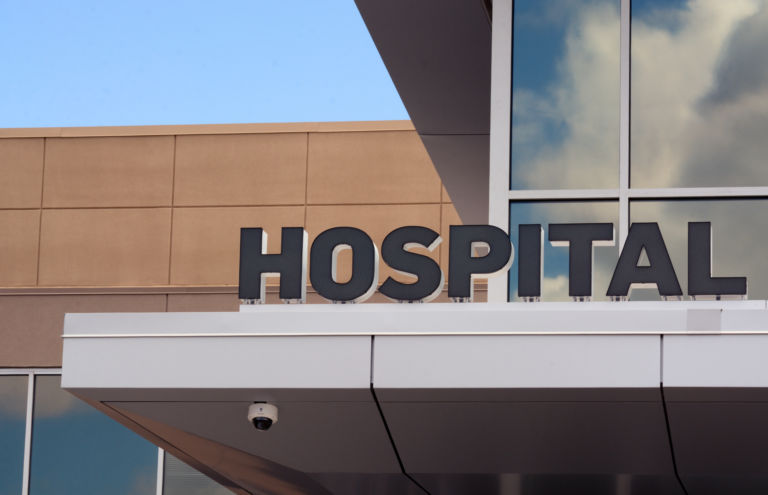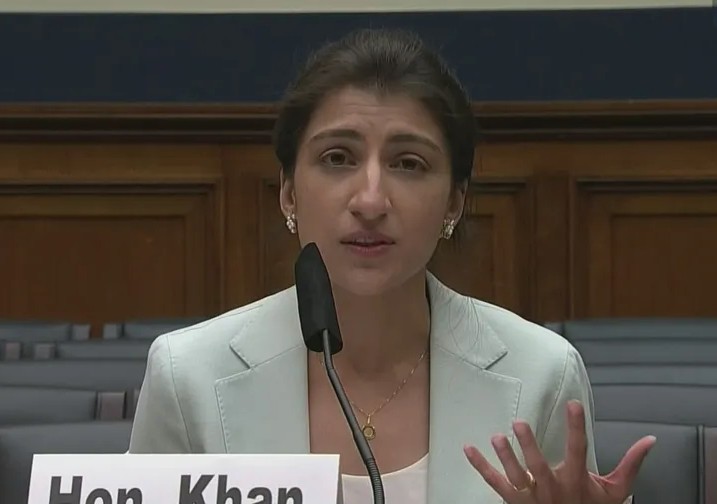From now until 2027, health care spending projections show that the yearly average increase of overall health expenditures will increase by about 5.5 percent. That is not a welcome trend, considering how much health care currently costs the average family.
Politicians, pundits, and health policy scholars have rightly criticized the cost of insurance and prescription drug prices. But I believe the hospital sector does not receive the criticism it should for its role. Remember, provider prices correlate directly with the cost of health insurance, and these prices have risen significantly in recent years.
Large hospital systems were propped up by the Obama administration and the Affordable Care Act (ACA) to be the locus of care. Mergers and acquisitions rose steadily after the ACA’s implementation. Bureaucrats and hospital industry insiders claim that prices will fall and quality of care will increase when large hospital systems merge and buy up all of the independent practices in an area. However, numerous studies disagree.
Thanks to a recent report published by the Health Care Cost Institute and the Robert Wood Johnson Foundation, we have an in-depth look at the hospital markets in 112 of America’s largest metropolitan areas. The report is titled “Health Marketplace Index” and provides data on hospital prices, hospital use, and hospital concentration for each market in 2016. In this research brief, I will examine some of the data points for North Carolina’s five markets for which the study collected data.
Charlotte
Atrium Health is the primary health system in Charlotte. Atrium has other enterprises around the state, but the majority of the health system is in Charlotte. Novant Health, with locations also in Winston-Salem, has a few locations in Charlotte. Charlotte was classified as “highly concentrated” and ranked 39th out of the 112 metros examined. Overall health care prices in Charlotte were ranked 11th most expensive with prices for comparable services 18 percent above the median. Usage rates in Charlotte were 6 percent above the median and ranked 46th overall.
Durham-Chapel Hill
The Durham-Chapel Hill area consists of three major hospital systems: UNC Health, Duke, and WakeMed. The Durham-Chapel Hill metropolitan ranked 88th most expensive with prices 7 percent below the median. Usage in the area was 25 percent above the median, ranking the 8th highest metro area. Although there are three hospital systems, Durham-Chapel Hill was ranked the 5th most concentrated market in the country, falling in the “very highly concentrated” category.
Greensboro
Cone Health is the dominant hospital system in Greensboro. For the price rankings, Greensboro came in at 56th, with prices right at the median. Overall usage in Greensboro was also right at the median or 57th in the ranking. However, despite these middle-of-the-pack numbers, Greensboro was ranked the 4th most concentrated metro, falling into the “very highly concentrated” category.
Raleigh
Raleigh also consists of the three major hospital systems in the Durham-Chapel Hill area: UNC, Duke, and WakeMed. Raleigh was 1 percent above the median or 52nd in the overall price measurement. Usage in Raleigh was 17 percent below the median, which placed it 94th among the metro areas examined. Raleigh was the 27th most concentrated market falling in the “highly concentrated” category.
Winston-Salem
Hospital systems in Winston-Salem include Wake Forest Baptist Health and a few Novant Health locations. Prices in Winston-Salem were 4 percent above the median with a ranking of 46th. Overall usage in the metro area was 7 percent below the median or 75th of 112 hospital markets. Winston-Salem was ranked 43rd overall in terms of hospital concentration, falling into the “highly concentrated” category.
Conclusion
So, what can these numbers tell us about the state of the hospital industry in North Carolina? Keep in mind that, despite how comprehensive this report is, it does not give us a complete picture. The study analyzed 1.8 billion medical claims from a commercial insurer. This does not include public sources of insurance, for example.
Like the rest of the country, price, usage, and concentration in North Carolina’s metropolitan areas vary significantly. Except for Charlotte, each major metro was close to the median for prices. Usage ranged from the top of the list to the bottom of the list. Greensboro and Durham were in the top five most concentrated markets, while all of our metros were classified as “highly concentrated.”
Next, there doesn’t seem to be a clear link between prices and usage. For example, Durham ranked 88th in prices but 8th in overall use. Charlotte was the 11th most expensive but ranked 46th in the same category. This tells us that other factors, such as the types of services provided, may be affecting the overall prices. Similarly, among all metros in the country, Baltimore was ranked lowest in prices but highest in use.
Finally, North Carolina is still a certificate of need (CON) state, which has a notable impact on the hospital markets in the state. Setting aside federal policies that encourage hospital use and consolidation, state laws sanction it. CON laws allow incumbent market participants to operate freely without competitors. This creates a distorted market that forces consumers to pay more for health services than they otherwise would. I suspect that the presence of CON in North Carolina contributed to the high rankings that North Carolina metros received on price or concentration.
Hospital mergers and acquisitions are occurring all over the country, and federal and state policies encourage consolidation. Furthermore, research has clearly shown that fewer hospitals or hospital substitutes in a given market, the higher prices are for patients. This HCCI report indicates that not only does North Carolina have some of the most concentrated hospital markets in the country, but patients are also likely paying higher prices for services and higher insurance rates because of the lack of competition in markets around the state. Policies that encourage competition and a more responsive hospital market should be implemented to counter this trend.


